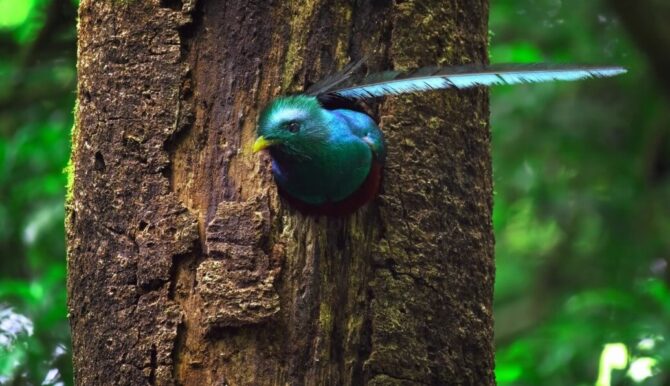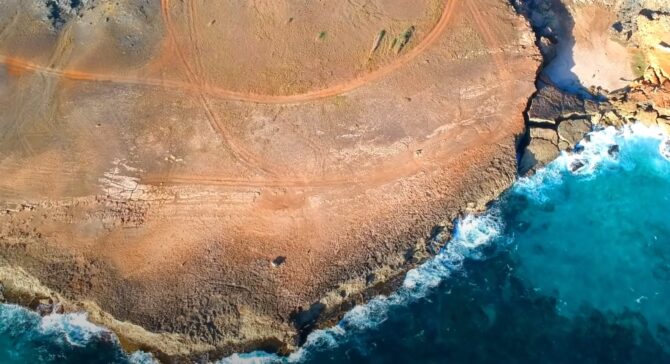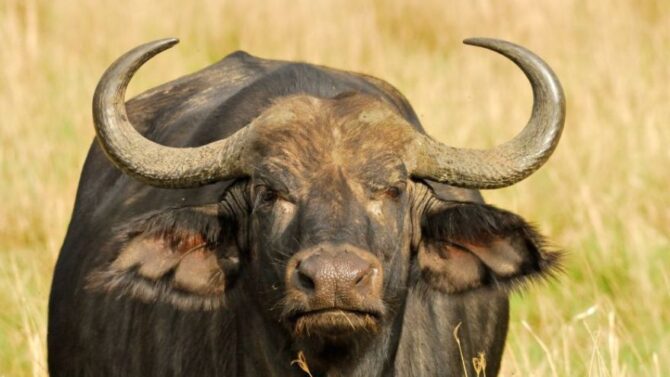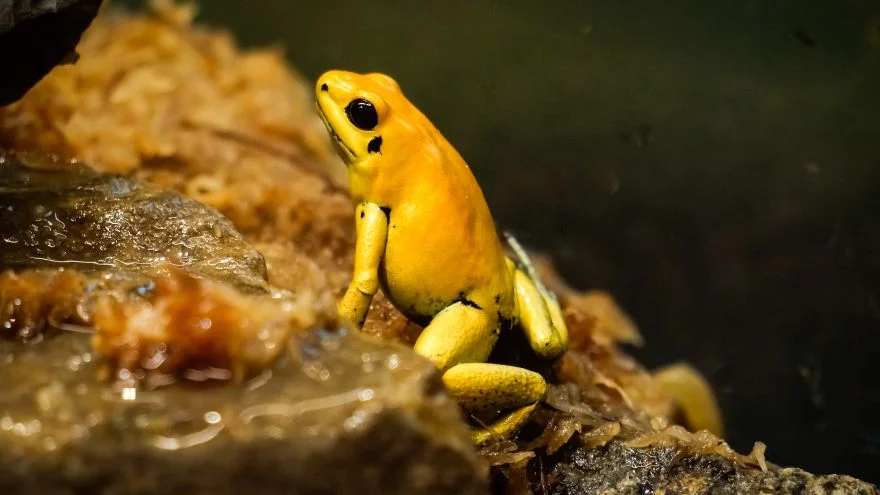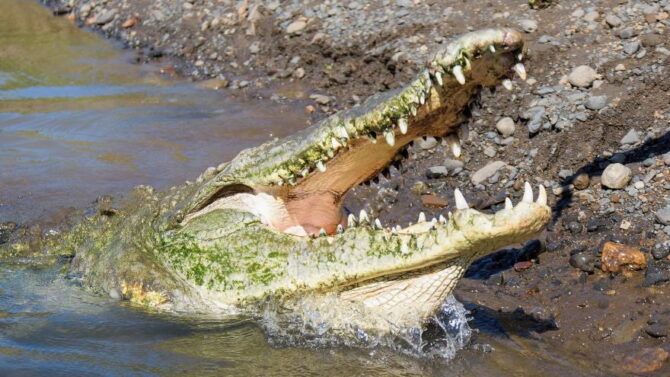Central America is the region that falls between Northern and Southern America, effectively connecting both. It comprises countries like Costa Rica, El Salvador, Belize, Panama, Honduras, Nicaragua, and Guatemala.
With an ocean close by, a tropical environment, and a lot of other habitats, the wildlife in Central America has all it needs to thrive. Consequently, the region boasts a variety of fauna.
There is an estimate of over 450 animals in Central America with more to come. Some of these animals include the yellowfish tuna, the white-tailed deer, the mountain tapir, and the Torogoz.
What are the National Animals of Central American Countries?
Many countries tend to have national animals, and the same applies to Central American countries. These animals may have a particular symbol for that country.
Here are some of the national animals:
- Costa Rica: White-tailed deer
- Honduras: White-tailed deer
- Belize: Mountain tapir
- Guatemala: Quetzal
- El Salvador: Torogoz
- Nicaragua: Guardabarranco
- Panama: Harpy eagle
Native Birds in Central America
Central America has an environment that’s well-suitable for birds, and these flying creatures thrive in the region.
Many visitors pour in yearly to watch the beautiful sight of birds hovering around, as well as visit the different habitats of different countries. Birds are important in Central America.
Here are the bird species you could find in different countries:
Panama
Panama has around 1,000 species, which is more than other Central American countries. Its national bird is the harpy eagle.
Some unusual birds you’ll find in Panama are the golden-green woodpecker, the spectacled owl, the rufous-winged antwren, the bare-crowned antbird, and today’s motmot.
Nicaragua
Nicaragua has around 783 species, and the national bird is the Guardabarranco (Torogoz).
Examples of birds that can be found in Nicaragua are the lineated woodpecker, the crowned woodnymph, the Lesson’s motmot, the white-collared manakin, and the bushy-crested jay.
Costa Rica
Costa Rica has around 850 bird species, with the clay-colored thrush being the national bird.
Examples of birds in Costa Rica are the violaceous trogon, the blue-crowned motmot, the scarlet macaw, the great green macaw, and the golden-hooded tanager.
Honduras
Honduras has around 770 bird species, and its national animal is the scarlet macaw.
Examples of birds in Honduras are the Honduran emerald, the highland Quan, the mountain gem, and the ocellated quail.
Belize
Belize has around 580 species, and its national bird is the Keel-billed toucan.
Some species you’ll find in this country are the harpy eagle, the great egret, the magnificent frigate bird, and the jabiru stork.
Guatemala
Guatemala counts up to 750 species, and the national bird is the resplendent quetzal.
Examples of birds in Guatemala are the Guatemalan pygmy owl, the ocellated turkey, the pink-headed warbler, the Keel-billed toucan, and the wine-throated hummingbird.
Native Snakes in Central America
The environment which makes Central America conducive for a variety of birds also accommodates different snake species.
If you’re visiting for the first time, take note of habitats that may have snakes to avoid any venomous ones.
While bites are rare, they may happen. You’d need medical treatment if you ever fall victim to one.
Some snakes in this region are:
Eyelash viper (Bothriechis schlegelii)
The eyelash viper is so named because of the scales above its eyes that are similar to eyelashes. It also comes in different colors like yellow, teal, or green.
It inhabits tropical habitat with a lot of humidity. This snake is venomous, as all vipers are.
Bushmaster (Lachesis)
The bushmaster is a genus of snakes that lives in both Central and South America.
There are currently four species in the genus: the Chocoan, Black-headed, South American, and Central American bushmasters. These snakes are the biggest in Central America and are also venomous.
Bothrops
Bothrops are also a genus of snakes that can be found only in Central and South America. There are currently 48 species in existence today.
All of them are pit vipers, which means they are venomous. Bothrops have caused more harm to humans than other snakes in Central America.1
Boa constrictor (Boa constrictor)
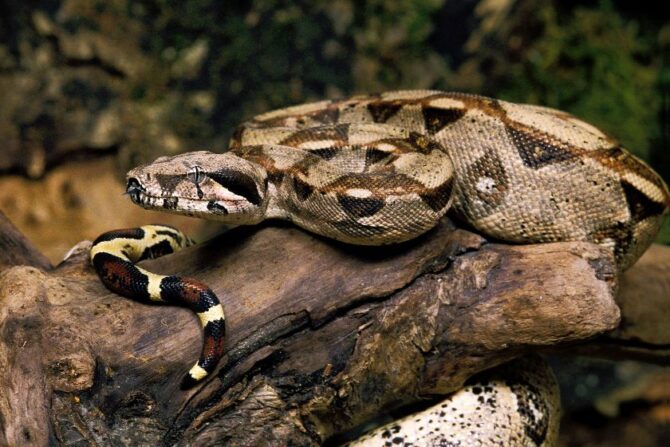
The boa constrictor can also be called the red-tailed boa. It is a large species that can be kept and bred in captivity due to its non-venomous nature.
It is solitary, nocturnal, and relatively harmless. However, it is not a good idea to get too close to one.
Rattlesnakes (Crotalus cerastes)
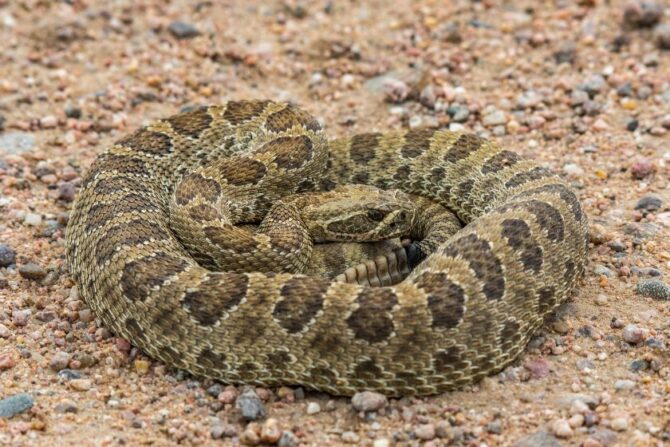
All rattlesnakes are classified as pit vipers and are from the genera Crotalus and Sistrurus.
They live in many habitats and are venomous, though their bites are rarely fatal. There are 36 species of rattlesnake.
Fer-de-lance (Bothrops asper)
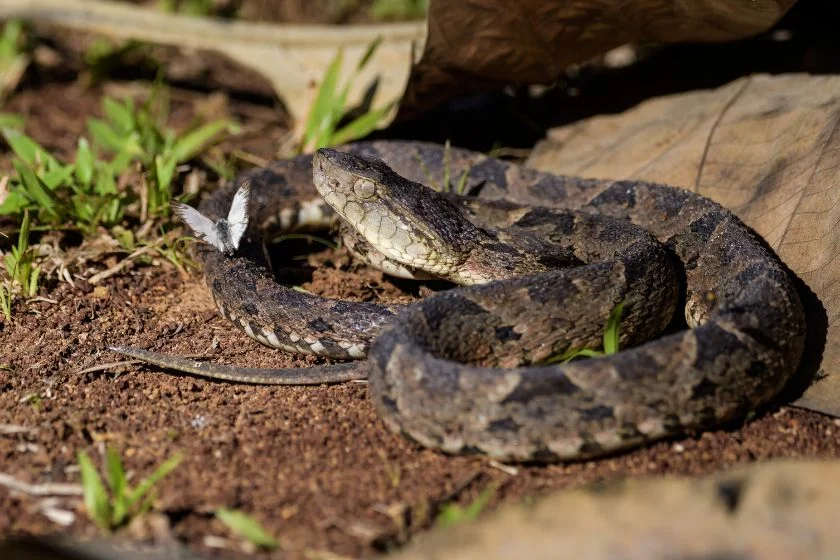
Also known as the Terciopelo, the fer-de-lance is often found in Central and South America.
It is highly venomous with a bad reputation, especially because of its size. It is considered the most dangerous snake in its range, and because of its defensiveness, it will attack if provoked. Fortunately, it doesn’t attack preemptively.
Native Fish in Central America
The Pacific and Caribbean oceans are both around the countries that form Central America, and they house many fish species.
These fish attract a lot of fishermen to the region, and as a result, there are many fishing sites in different countries.
Here are some fish in Central America:
Yellowfin tuna (Thunnus albacares)
The yellowfin tuna is found in tropical and subtropical oceans, and its range is vast. It is named yellowfin because of its characteristic yellow color and fins.
This fish is a victim of overfishing and its population has declined, but it isn’t endangered.
Bass (Peciformes)
This name is used to designate many species that go by the name. All these species are part of the order Peciformes, and they are either marine or freshwater creatures. They abound in Central America.
Dorado (Coryphaena hippurus)
The dorado fish is also called the dolphinfish, mahi mahi, or simply dolphin. It is usually around Costa Rica and some other places like Hawaii.
The dorado is a ray-finned fish that also attracts both fishermen and tourists. It has a lifespan of 4 to 5 years.
Billfish (Istiophoriformes)
A billfish is a group of predatory fish that often inhabit saltwater. It is characterized by the pointed bills and large size.
All billfish species belong to the order Istiophoriformes, and some of the species are the swordfish, the sailfish, and the marlin.
Gar (Lepisosteidae)
A gar is a group of seven living species that comprise two genera. These fish make up the Lepisosteidae order and can be found in North America, Central America, and the Caribbean.
Mackerel (Scombridae)
The mackerel is used to designate different pelagic fish species that form the Scombridae family.
There are over 30 species that bear this name, and they live around the coast and even offshore in temperate areas.
Dangerous Animals in Central America
While many harmless animals are living in Central America, not all of them are this way.
A couple of them are dangerous and can cause harm if they come into contact with humans. Generally, you should give any animal you meet some healthy space.
Here are some dangerous animals:
Venomous snakes
Many snakes in Central America are venomous, and we’ve mentioned them above. These snake bites are harmful, and some even become fatal.
Avoid these snakes and their habitat. If you or someone close to you get bit, seek immediate medical attention to be safe.2
American crocodile (Crocodylus acutus)
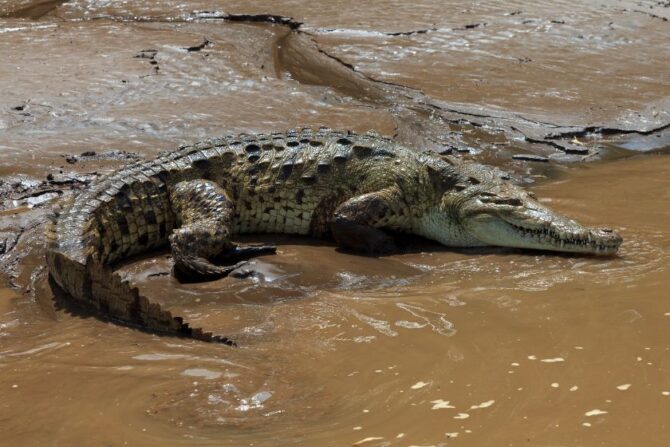
The American crocodile is an apex predator in its range. It feels no fear towards any animal, not even humans.
While venomous snakes may not attack unless threatened, crocodiles don’t need any persuasion before striking.
Bullet ant (paraponera clavata)
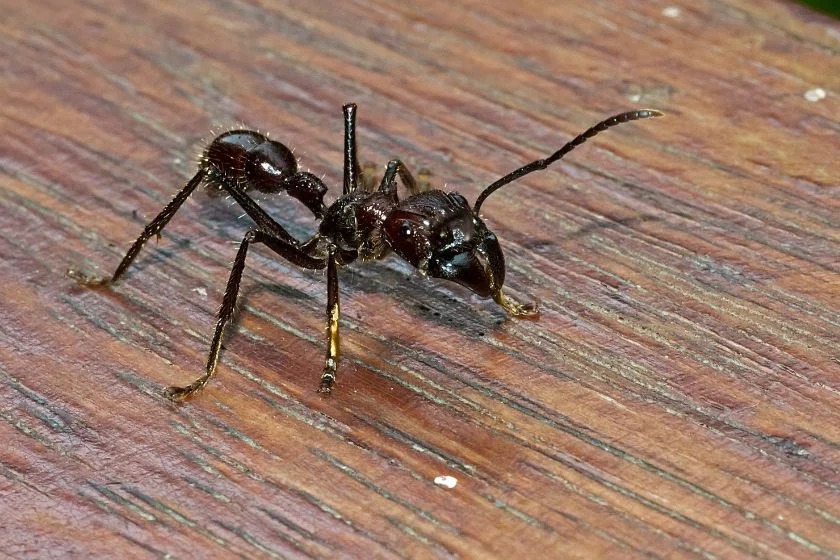
The bullet ant doesn’t seem dangerous at first sight…until it stings. While not fatal, people describe the sting as being hit by a bullet (which explains its name).
The sting can be treated, but you wouldn’t want to go through the pain.
Red-bellied piranha (Pygocentrus nattereri)
The red-bellied piranha is found in South and Central America. This piranha is often found in the Amazon river, and true to the stereotype it is aggressive. Though attacks are rare, they can still happen.
Amazonian giant centipede (Scolopendra gigantea)
The Amazonian giant centipede is also known as the Peruvian giant yellow-leg centipede, and it exists both in South America and the Central region.
It is the biggest centipede in the world and poses enough risks to anyone it gets in contact with.
Endangered Animals in Central America
This category of animals faces the risk of extinction because of their reduced numbers.
Threats they face often comes from human activities like hunting, as well as habitat loss. Most of them need protective services if we hope to see them in years to come.
The endangered animals include jaguars, iguanas, scarlet macaws, and howler monkeys.
Where to Find Wildlife in Central America
Many countries in Central America are good tourist sites, open to interested tourists all over the world.
Due to that, they have national parks, wildlife sanctuaries, and different marine reserves where you can see any animal.
Some good places to find animals are:
- Tikal National Park, Guatemala (Sanctuary for endangered birds, jaguars, home to the Maya ruins…)
- Cockscomb Basin Wildlife Sanctuary, Belize (Sanctuary for birds, deer, mountain tapirs…)
- Arenal National Park, Costa Rica (Contains more than 800 bird species, reptiles…)
- Volcan Baru National Park, Panama
- Cerro Azul de Copan National Park
Zoos in Central America
Besides reserves, parks, and sanctuaries, you can also find animals at different zoos. Here are some of the most popular ones, found in different countries.
- La Aurora Zoo, Guatemala.
- Joya Grande Zoo y Eco Parque, Honduras.
- Zoologico National, Nicaragua.
- El Nispero Zoo and Botanical Garden, Panama.
- Zoo Ave and Arenal Eco Zoo, Costa Rica.
Conclusion
Central America is rich in different ways, including vast wildlife. There are lovely birds, reptiles, unique animals, etc.
You also get the opportunity to visit different parks, zoos, and sanctuaries to get a glimpse of these animals.
Ensure to follow every regulation given, and stay away from creatures deemed dangerous.
